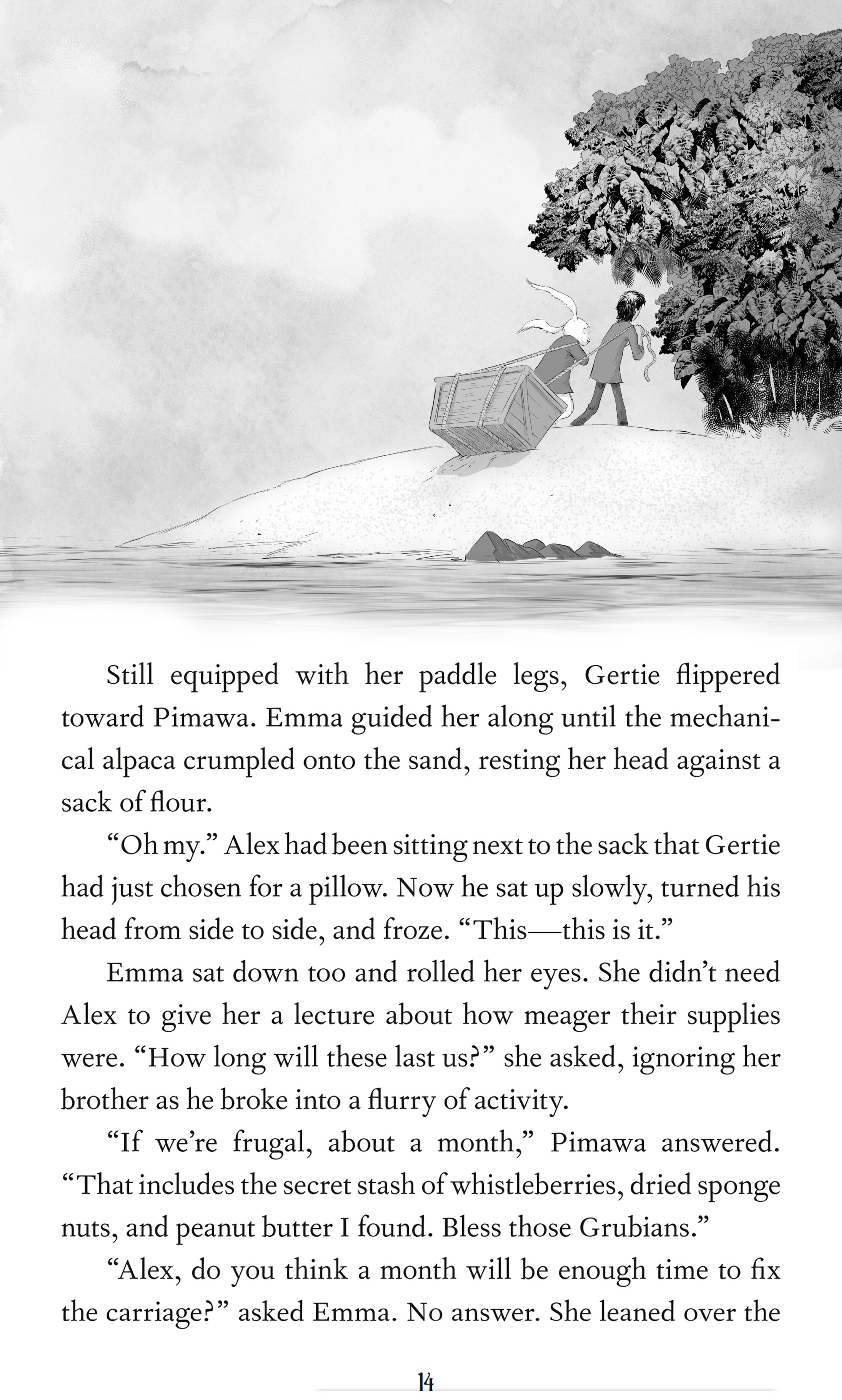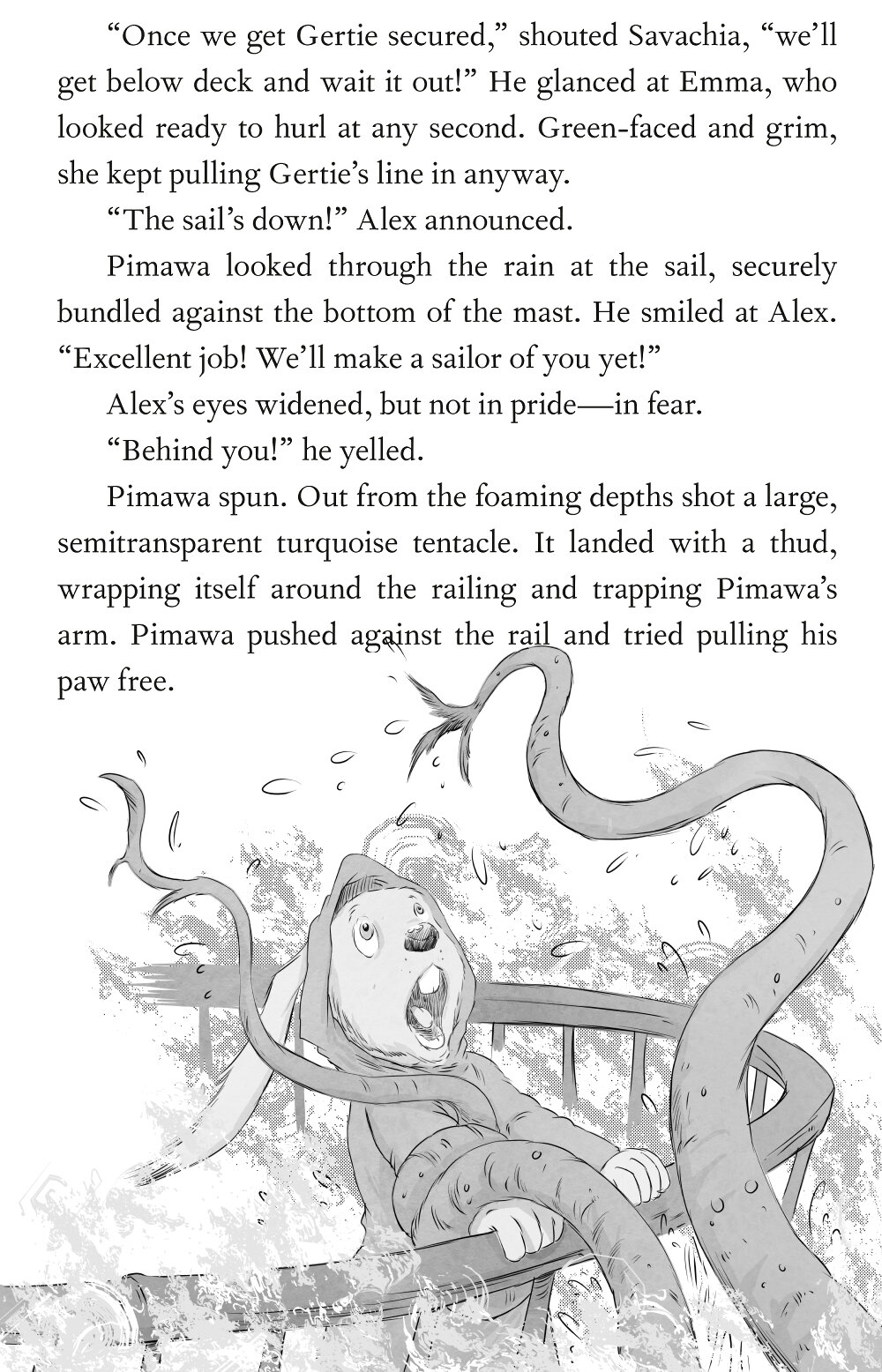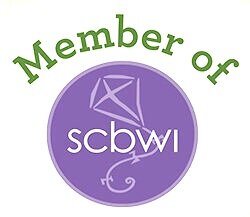Scene from Chapter 2 of “The Conjurers” middle grade fantasy series.
Middle school books for all ages are not just books for kids. They are books that can be read by any age group and provide a wide range of topics. They have more complex plots, themes, and issues that are more engaging to the reader but still appeal to younger readers as well.
The goal of middle school books for all ages is not to scare anyone away. It is more about catering to different age groups while still discussing relevant topics like bullying, death, or divorce in a way that is accessible to a range of people. Of course, doing this in a fantasy setting makes these topics a little easier to confront.
And I like to think adding a ton of illustrations makes it even more enjoyable for all ages. Illustrated novels have always felt more alive to me. That’s not to say I don’t enjoy a dense spy thriller every now and then. But drawings add another layer of magic.
Take for instance the drawing I posted above. It’s from the opening of chapter two. Now obviously there’s not a ton of action or anything exciting going on, so why include it? It gives a visual punch to the difficult situation our heroes find themselves in: stranded on an island covered with a foreboding jungle. In a split second you set the scene in your readers mind. And as you’ll see in upcoming illustrations, that forebooding danger escalates.
Today I’m posting three simple steps to creating engaging book illustrations. And it’s hard to keep them simple. I could prattle on forever about drawing. Hopefully these are boiled down enough to help. But if you do have more questions, drop me a line.
1. What are you Drawing? What will your Audience Notice?
A well-designed illustration can make or break a visual and textual message. A fascinating drawing could be the difference between average and effective communication.
You could simply pick a random scene from a story and draw it. But if you put in the time and think about why you should draw that scene, it’ll make your book more powerful. Does it enhance the story? Will it create an emotional response in your reader? You may not always know the answer to these questions and that’s fine. The key is putting in the time to ponder them.
2. How Much Detail Do You Want to Include in Your Drawing?
The goal of the drawing is to give a general concept and not a detailed picture. And that’s coming from someone who loves a ton of detail. Here’s the rub. If I added the amount of detail I would like to my drawings, I would never finish them.
A common mistake beginners make is being too detailed in their drawings. They might include a lot of minute details like shading or shading in the background. You can get lost in the joys of crosshatching. The important thing is to stay focused on what you want the drawing to convey to the reader. Once you have that down, adding more is limited by your deadlines.
3. Study other Examples of illustrations online and Trace Inspiration from Them!
Tracing inspiration from others is a great way to get started on your own work.
Looking for inspiration on the internet can be difficult. You can either find something that is far too similar or not in the same style as what you want to create. So, how do you know which images are worth tracing? Well, this is where the study of other examples comes into play. And there are plenty of examples online to look at! One example that most people know about is Disney movies and how they were made with pencil drawings and then colored digitally by animators.
For various reasons, tracing gets a bad rap. People see it as cheating. It is cheating only if you take credit for the drawing. However, when I tell students they should trace and trace a lot, I clarify that this isn’t about taking credit for someone else’s skills. It’s about improving your own abilities. From that perspective, tracing is one of the best methods for training your drawing muscles.
In fact, it’s the fastest way to get better. You still need to study anatomy and perspective, however, including tracing in those studies is like uploading that knowledge straight into your brain.
Next time, we’ll venture into the Conjurian jungle!





